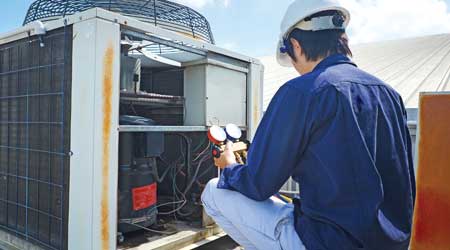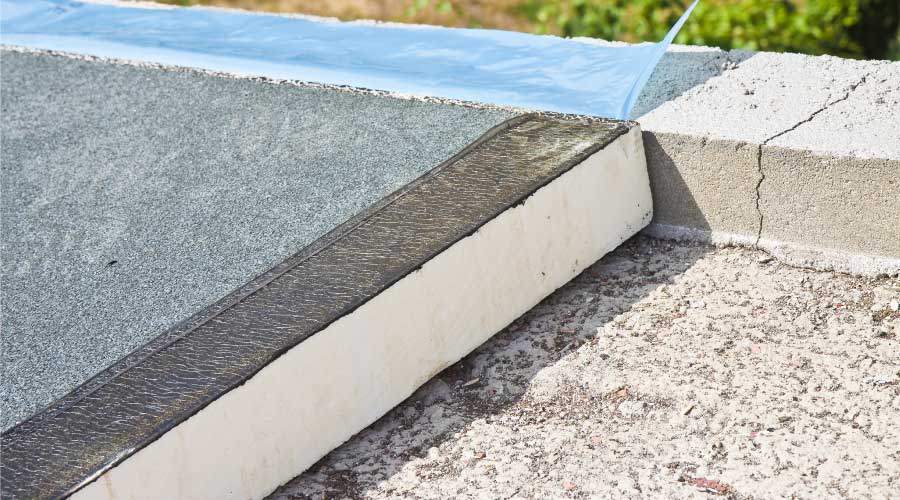 Performing routine diagnostics on building equipment can help managers determine how energy is being used within a building.
Performing routine diagnostics on building equipment can help managers determine how energy is being used within a building.HVAC: Bottom-Line Benefits of Reducing Energy Waste
By reducing energy waste, one hospital was able to save $25,000 annually.
At a large children’s hospital I have been monitoring for more than a year, I discovered that a discharge static pressure reset program for two of the hospital’s largest AHUs serving non-pressure-sensitive areas had not been working, presumably for several years, despite the fact that average zone damper positions were typically 45-55 percent open. Part of the issue was that the programming only required one VAV box damper to be 100 percent open for the logic to reset to maximum pressure.
With my diagnostic software, I was able to chart all of the dampers these AHUs serve on one page and quickly identify those that were 100 percent open at all times. With the help of the maintenance staff, we confirmed that the zones with 100 percent open dampers were very lightly occupied and could safely be removed from the reset logic. This allowed fan speeds to instantly reduce. I estimated this step would save about $25,000 annually, with the two AHUs now operating with a functioning pressure-reset control.
— Ben Shepard, P.E.
Related Topics:














